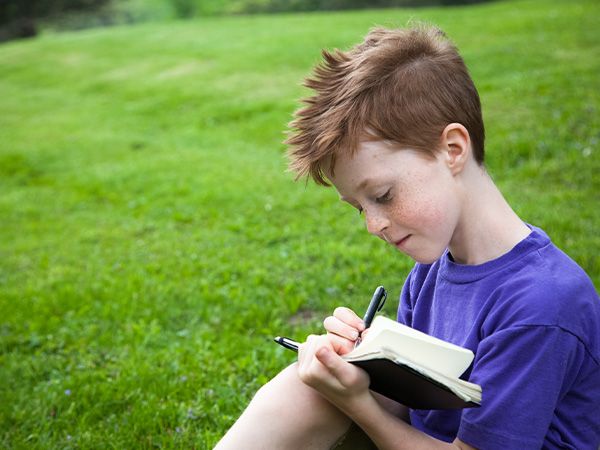
Grade:
Topic:
Unit:


In this lesson mini, students explore the distinctions between biographies and autobiographies, focusing on how each genre differs in structure and content. They discover key elements commonly found in autobiographies, such as personal anecdotes, reflections on significant events, and insights into personal growth. Additionally, they reflect on pivotal moments from their own lives, identifying events and experiences that have shaped them, culminating in the writing of their own autobiographical paragraph.

Minutes
Minutes

Check out Britannica Studio, your teacher-first AI workspace that turns Britannica’s verified, standards-aligned content into engaging, differentiated, and student-ready materials in minutes.
Level-up current events into dynamic learning!